Putting an end to seasonal allergies
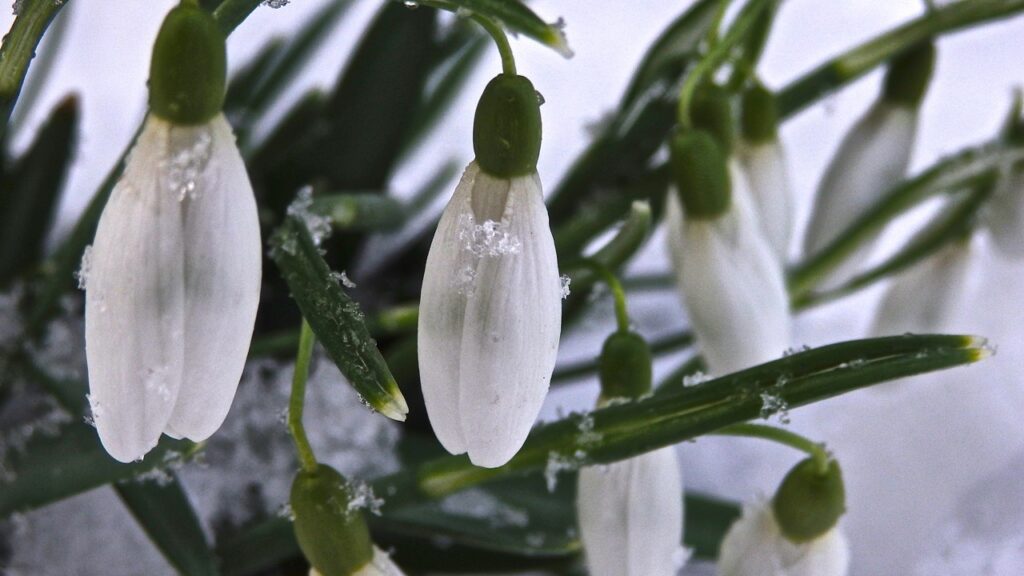
I am fortunate to live on the edge of Pacific Spirit Park, and on my daily walks through the forest with my dogs, I have been noticing the unmistakable signs that spring is on its way. Not just the crocuses, snowdrops and burgeoning cherry blossoms in my neighborhood, but taking advantage of the open forest canopy of late winter, the leaf buds of bushes such as elderberry and salmonberry are just starting to open. With climate change being exacerbated by El Nino, the early arrival of spring in much of North America and Europe is welcome respite from a long cold winter, but at the same time, brings with it the dread of seasonal hay fever sufferers. Beginning around now, trees including alder, birch, aspen and poplar begin to pollinate, followed later in spring as it warms up by grass, weeds and mould spores. As a (former) long time allergy sufferer myself I have a lot of compassion for those of you that suffer from seasonal hay fever. But at the same, I experience considerable frustration too, as every year the same old advice and recommendations are put forth by allergy experts, consisting of little more than drugs such as antihistamines to suppress the signs and symptoms. While anti-histamines do have a role to play, particularly in an acute hay fever attack, they lose their effectiveness of over time, have a number of negative side-effects, and I believe, actually cause the very problem they are supposed to protect against.
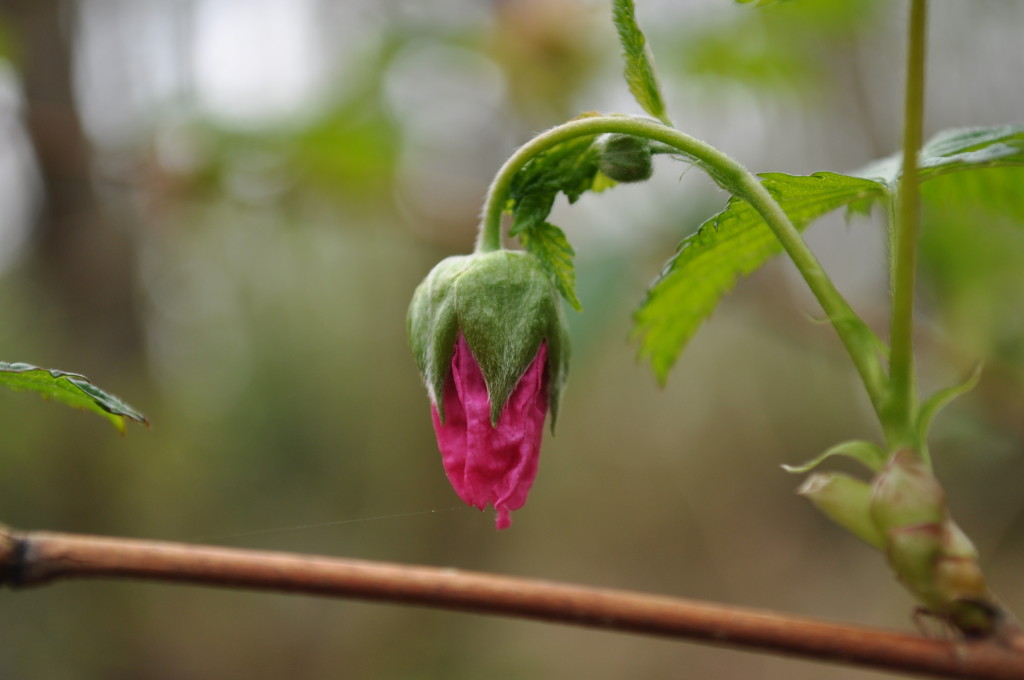
What is hay fever?
Also known as pollinosis or allergic rhinitis, hay fever is classified as an acute type I hypersensitivity reaction mediated by IgE antibodies, stimulated by tree, grass or weed pollens, affecting the upper respiratory tract, ears, eyes, nose and throat. It often accompanies sensitivities to a variety of other allergens such as house dust, animal and human dander, certain textiles like wool or cotton, and certain foods. It is a hypersensitivity to these allergens that causes inflammation of the nasal passages, accompanied by a watery nasal discharge, itchy red eyes, and an itching sensation of the soft palate and eustachian tubes. In severe cases, hay fever can induce asthma and even anaphylaxis, when the bronchioles constrict and inhibit airflow to the lungs. People that exhibit this syndrome are often classified as “atopic”, and for years it has been established that these atopic symptoms, which also include asthma and eczema, seems to run in families.
Mechanism of hay fever
When an air-borne antigen like pollen is inhaled, it becomes trapped in the mucus of the upper respiratory tract, dependent upon the viscosity of the mucus. The pollen then triggers the degranulation of mast cells, which in turn, release a group of chemicals called vasoactive amines, the most prominent of which is histamine. Histamine promotes local inflammation and constriction of the bronchi, as well as increases the permeability of local blood capillaries enabling white blood cells to penetrate the tissues and destroy the local invaders (as well as some of the tissue itself). In allergic people, this reaction stimulates a hyper-reaction in adjacent tissues, and within minutes, the affected person is sneezing and rubbing their eyes, blowing their nose and rubbing their ears. The hyper-reactive response causes damage to various tissues and comprise their function, and with repeated attacks damage these tissues become susceptible to viral, bacteria and fungal infections that add to the repetitive cycle of hyper-reaction. Over time and without proper treatment, the endothelial tissues of the respiratory tract may eventually undergo structural changes, and nasal polyps may form. If this situation becomes chronic, a condition called vasomotor rhinitis may develop, in which there are more or less continuous hay fever symptoms, often accompanied by chronic bacterial or fungal infections of the upper respiratory tract, accompanied by an enhanced sensitivity to smells, color, light and sound.
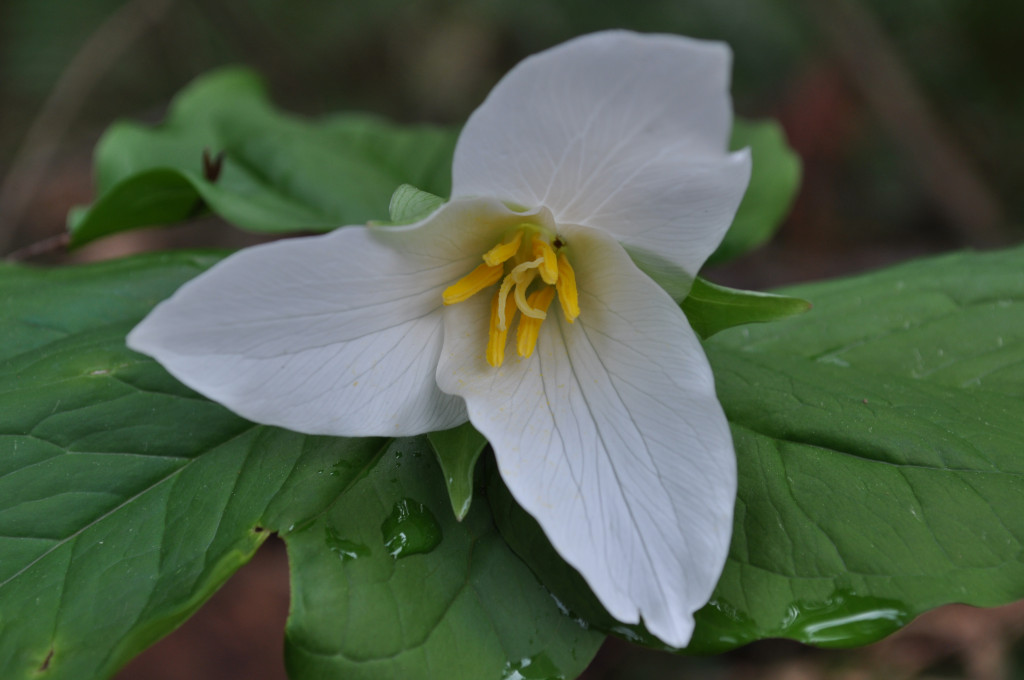
Medical treatment of hay fever
The cornerstone of the medical treatment of hay fever involves the use of various antihistamines, or H1 blockers. Side effects include sedation, nausea, blurred vision, nausea, headache, tinnitus, impotence, arthralgia, insomnia, fever, weight gain, increased incidence of viral infections, constipation, and dryness of the throat and respiratory tract. Antihistamines may also be combined with decongestants such as pseudoephedrine, which contracts the smooth muscles in the nasal mucosa, causing the blood vessels to constrict and inhibit secretion, often leaving behind an uncomfortably dry, stuffy sensation. Topical intranasal corticosteroids such as beclomethasone are another important component of pharmacologic management of allergic rhinitis, but may cause immunosuppression and thus increase the likelihood of upper respiratory tract infection. Paradoxically, such drugs may even exacerbate the allergic response. Allergen immunotherapy, or hyposensitization, is used in patients that do not respond well to pharmacotherapy, and is a series of injections or a sublingual preparation of the diluted antigen given in gradually increasing amounts. Additional measures are taken to limit environmental exposure to the offending allergen, which can often represent major changes in patient’s life, such as giving up a loved pet, or even moving to a new location.
Holistic treatment of hay fever
According to Ayurveda, kapha is the primary pathogenic factor in hay fever. Normally, kapha attends to the structural functions of the body, lubricating, moisturizing, nourishing and providing support. The cold weather of winter, coupled with a nourishing diet, causes an increase in kapha. This natural increase of kapha undergoes vitiation as the heat of the sun in spring begins to increase. A useful analogy is the snow that accumulates in the mountains over winter that begins to melt in the spring time, flooding the streams, creeks, and rivers with water. This “flooding” of kapha occurs throughout the body, but primarily affects the upper body, which is the “seat” of kapha, causing the accumulation of congestion and mucus in the upper respiratory and digestive tract. It is for this reason that the traditional practice in many cultures of a spring cleanse is very useful at this time, best implemented just before the season has changed from winter to spring. There are treatments for hay fever in almost every culture, so a wide repertoire of possible therapies exist. The following is a protocol based on the combined usage of Chinese, Indian and Western herbs, as well as nutritional supplementation. While clinical results can be expected in a relatively short period of time, the overall length of treatment depends on the depth and duration of the condition. Partial relief comes within one week of treatment and most symptoms within a few weeks to a month. It may be that some portion of the treatment such as the dietary changes may need to be followed at the same time every year, or practiced more or less continuously. Vasomotor rhinitis may involve as long 6-12 months of continual treatment, as well as lifelong preventative measures.
The protocol for hay fever is as follows:
1. Modulate the inflammatory response.
In the Western Physiomedical system of therapeutics, the allergic response represents a “negative state”, and “a forced reaction to the progressive encroachment of obstructive conditions and the pathological deterioration of the vital force in the affected tissues (Priest and Priest 3, 1982). In contrast, a “positive state” to this obstructive conditions is represented by a non-specific enhancement of bodily defenses and immunity, and the successful resolution of the condition. Even though acute symptoms are by nature positive, they need to be directed to the source of the injury. In hay fever, the origin of the dysfunctional response is the preexisting weakness and derangement of the mucosa. In this sense, pollen and other “allergens” are simply catalysts that induce inflammation. While our goal is not outright suppression, inhibiting the inflammatory response is an important element in the treatment of hay fever to maintain the integrity of the tissues. Options include:
- antiinflammatory botanicals: Huang Qin (Scutellaria baicalensis), Forsythia (Forsythia suspensa), Katuka (Picrorrhiza kuroa), Turmeric (Curcuma longa), Neem (Azadirachta indica), Oregon Grape (Mahonia spp.), Goldenrod (Solidago virgaurea), Bilberry (Vaccinium myrtillus), Hawthorn (Crataegus spp.), Amalaki (Phyllanthus emblica), Feverfew (Tanacetum parthenium), Nettle (Urtica dioica), Tansy (Chrysanthemum vulgare)
- omega 3 fatty acids (EPA, DHA), to down-regulate pro-inflammatory eicosanoid synthesis: 2-3 g/day (best to get in food, rather than supplements, e.g. wild fish, pasture-fed meat, leafy greens); likewise, reduce consumption of n-6 fatty acids (e.g. seed oils, grain-fed meat)
- pantothenic acid (vitamin B5): supports adrenal function, antihistamine: up to 100-400 mg/day, with a B-complex vitamin, with food
- pyridoxine and pyridoxal-5-phosphate (vitamin B6), antihistamine: 100 mg/day, with a B-complex vitamin, with food
- methylsulfonylmethionine (MSM), antiinflammatory in mucous membranes; 3-5 g/day
- Zinc citrate, immunomodulant: 50 mg daily, with food
- Magnesium bisglycinate, relieves bronchospasm: 800-1000 mg per day, with food
2. Enhance digestion.
Long before I began to practice I understood that diet played a big role in my allergic sensitivity, and by my late teens had already began to avoid certain foods that I could clearly see were causing me issues. Chief among these was wheat and related members of the Triticeae tribe of grasses (e.g. spelt, kamut, rye), which include not only the cereal crops grown in agricultural regions, but also the common grasses found in our lawns and boulevards. Once primed by the consumption of immunoreactive proteins such as gluten found in these cereals, the immune system hyper-reacts to the grass pollen. Dairy also plays a role here, with research showing that casein protein from cow’s milk induces similar inflammatory changes. Refined sugars and carbohydrates also play a role as well, by inducing changes in the gut microbiota that results in increased inflammation. From a mechanical perspective, any food that promotes thick mucoid accumulations, such as flour, dairy, and sugar, will impair digestion and lead to hyper-reactivity in the respiratory mucosa.
The follow measures can be undertaken to enhance digestion:
- Bitters, cholagogues, dipana (“digestive stimulants”): Barberry (Berberis vulgaris), Gentian (Gentiana spp), Centuary (Centaurium umbellatum), Buckbean (Menyanthes trifoliata), Goldenseal (Hydrastis canadensis), Katuka (Picrorrhiza kurroa), Bhunimba (Andrographis paniculata)
- Carminatives, pachana (“digestive enhancers”); herbs that remove food stagnation and dispel wind-dampness: Calamus (Acorus calamus), Cang Er Zhi (Xanthium sibiricum), Caraway (Carum carvi), Fennel (Foeniculum vulgare), Mints (Mentha spp), Anise (Pimpinella anisum), Cardamom (Elettaria cardamomum), Chen Pi (Citrus reticulata), Shan Zha (Crataegus pinnatifida), Ginger (Zingiber officinalis), Pippali (Piper longum),Cayenne (Capsicum spp.), Hingu (Ferula foetida),
- Spleen Qi restoratives: Huang Qi (Astragalus membranaceus), Dang Shen (Codonopsis pilosula), Ren Shen (Panax spp), Bai Zhu (Atractylodes macrocephala)
- Aperients, to ensure regular bowel elimination and take away the increased stress upon respiratory function: Triphala, Turkey Rhubarb (Rheum palmatum), Trivrit (Operculina turpethum), Buckthorn (Rhamnus cathartica)
- Digestive enzymes, full spectrum (i.e. HCl, pancreatic enzymes, ox bile), particularly with a history of gall bladder problems, or cholecystectomy: 2 capsules with meals
- avoid overeating, do not eat within three hours of bedtime
- avoid yeasted foods
- introduce live culture foods into your diet (e.g. sauerkraut)
- avoid alcohol, especially beer and wine
- avoid deep-fried foods, e.g. French fries, potato chips, etc.
- avoid all dietary triggers
- grass-based (Triticeae tribe species, e.g. wheat, rye, barley, oats, spelt and kamut)
- dairy (pure butterfat, i.e. ghee, is non-reactive)
- refined sweeteners
3. Tone and restore the respiratory mucosa and lungs.
One of the chief complaints of allergic rhinitis is the hyersecretion of mucus by the inflamed respiratory mucosa. Thus, measures to tone and restore the mucosa, check secretion, and reduce inflammation. This typically calls for the use of both respiratory tonics to “tighten” the membranes, and demulcents to soothe inflammation:
- Respiratory tonics and mucolytics: Bayberry (Myrica cerifera), Goldenseal (Hydrastis canadensis), Horseradish (Armoracia rusticana), Witch Hazel (Hamamelis virginiana), Mullein (Verbascum thapsus), Goldenrod (Solidago virgaurea), Eyebright (Euphrasia officinalis), Ginger (Zingiber officinale), Cang Er Zhi (Xanthium sibiricum), Hou Po (Magnolia officinalis), Ma Huang (Ephedra sinica), Elecampane (Inula helenium), Vasaka (Adatodha vasica)
- Demulcents and vulneraries: Licorice (Glycyrrhiza glabra), St John’s Wort (Hypericum perforatum), Comfrey (Symphytum officinale),Plantain (Plantago spp), Marshmallow (Althaea officinalis), Chickweed (Stellaria media), Mai Men Dong (Ophiopogon japonicus), Shu Di Huang (Rehmannia glutinosa), Shi Hu (Dendrobium nobile)
- Vitamin A, trophorestorative in mucous membranes: 20,000 daily for four weeks
- Vitamin C: antioxidant, relieves bronchospasm and inflammation,trophorestorative: 3-5 g/day
- Bioflavonoids: capillary trophorestorative, antihistamine: 3-5 g daily
4. Trophorestoration, and support the neuroendocrinal system.
In Physiomedicalism, the term “trophorestorative” refers to a measure which restores healthy function to a tissue or organ system. In Chinese medicine and Ayurveda, it is important to note that many herbs with trophorestorative properties such as fu zheng and rasayana herbs are best used after the obstruction element is removed. Thus, a period of detoxification for a few weeks is typically under taken prior to trophorestorative measures, as follows:
- Trophorestoratives; rasayana, fu zheng: Reishi (Ganoderma lucidum), Huang Qi (Astragalus membranaceus), Ashvagandha (Withania somnifera), Amalaki (Phyllanthus emblica), Jujube date (Zizyphus jujuba), Shatavari (Asparagus racemosa), Ginseng (Panax spp), Schizandra (Schizandra sinensis), Dang Gui (Angelica sinensis), purified Shilajit, Licorice (Glycyrrhiza glabra), Dang Gui (Angelica sinensis), Gou Qi Zi (Lycium barbarum), American Ginseng (Panax quinquefolium)
- Parasympathomimetics, medhya (“intellect enhancers”); herbs to quiet the mind/heart: Vervain (Verbena officinalis), Milky Oats (Avena sativa), Brahmi (Bacopa monniera), Skullcap (Scutellaria lateriflora), Motherwort (Leonorus cardiaca), Catnip (Nepeta cataria), Jatamamsi (Nardostachys jatamansi), Passionflower (Passiflora incarnata)
5. Formulations.
The following are a list of formulations that I have found to be particularly helpful in my practice when addressing allergic rhinitis:
- Chinese formulas
- Pe Min Kan Wan
- Bu Zhong Yi Qi Wan
- Xiao Qing Long Wan
- Ayurveda formulas
- Trikatu churna
- Yavani yoga
- Alarasayana (practitioner use only)
- Mrtyunjaya rasa (practitioner use only)
6. Dietary and lifestyle measures.
As I alluded to in my second point, there is a strong correlation between allergic rhinitis and food sensitivities, including cereals (e.g. wheat), dairy, and refined sugar, as well as any food that is sticky, heavy, and hard to digest. Apart from avoiding these foods, however, there are others that are useful to include, such as fresh vegetables and fruit, wild fish and pasture-raised meat, as well as herbs, spices and condiments such as cumin seed, five spice powder, rosemary, basil, turmeric, garlic, shallots, ginger, and apple cider vinegar. Herbal teas, especially nettle, horsetail, red clover and mint are all useful, in addition to the more “medicinal” herbs described above. Juicing can be a very effective short-term technique to relieve symptoms, especially celery and other greens, but also cucumber, parsley, carrots and beet root, along with a smaller amounts of ginger and turmeric rhizomes. As I mentioned, a traditional practice in many cultures of a spring cleanse is very useful at this time, best implemented just before the season has changed from winter to spring. Ayurvedic medicine recommends a course of vamana (vomiting) therapy, followed by the application of nasal medications (nasya, neti), the consumption of simple and easily digestible foods, vigorous exercise, sauna and dry massage. A course of kapha-reducing herbs would add to the effectiveness of a cleanse, as would a period of vegetable juice fasting. Exercise (vyayama) in Ayurveda is important too, and some form that causes one to sweat (“to one half one’s capacity”) should be practiced daily to clear any backlog in the lymphatic system. Lastly, because the inflammatory response is part of the “fight or flight” sympathetic response, measures such as meditation that calm the mind can go a long way to ameliorating the hyper-reactivity of your body.
A last note about antihistamines
While antihistamines are commonly prescribed in the treatment of hay fever, my experience is that they have limited effectiveness, and as I pointed out earlier, actually cause the very problem they are supposed to prevent. While fingered as the “bad guy”, histamine is a very important regulatory molecule that plays a key role in many reactions including the secretion of gastric acid in the stomach. Taking antihistamines on a regular basis thus down-regulates gastric function, which in turn, causes a cascading effect that leads to the suppression of digestion generally. Considering that a weakness of digestive function underlies the cause of hay fever, a continuing reliance upon antihistamines only makes the problem worse over the long run.
When to expect results
After implementing the changes above, I typically see a marked improvement in my patients within 2-3 weeks. If utilized as part of a seasonal strategy, I am confident that most people with chronic hay fever will find resolution using these measures. As I said, diet and lifestyle interventions play a big role, and in my life, are the only measures I undertake nowadays, and rarely if ever require the use of herbs or medications to control my symptoms. With a little bit of discipline, I am quite sure that you will experience the same results.



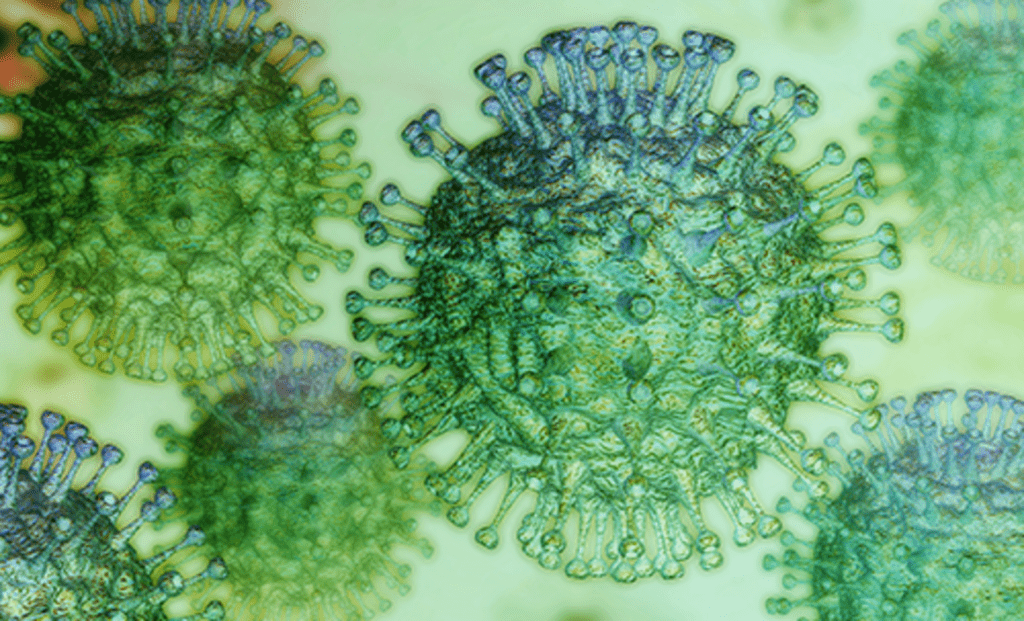
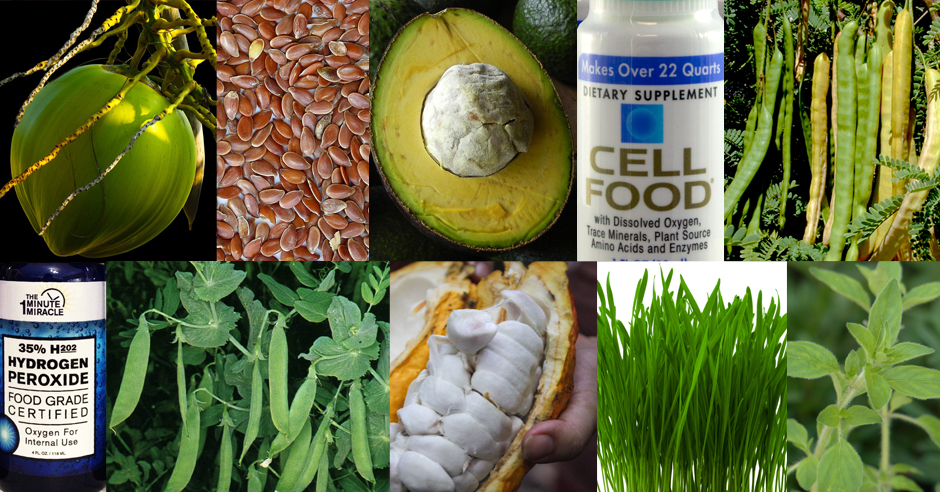
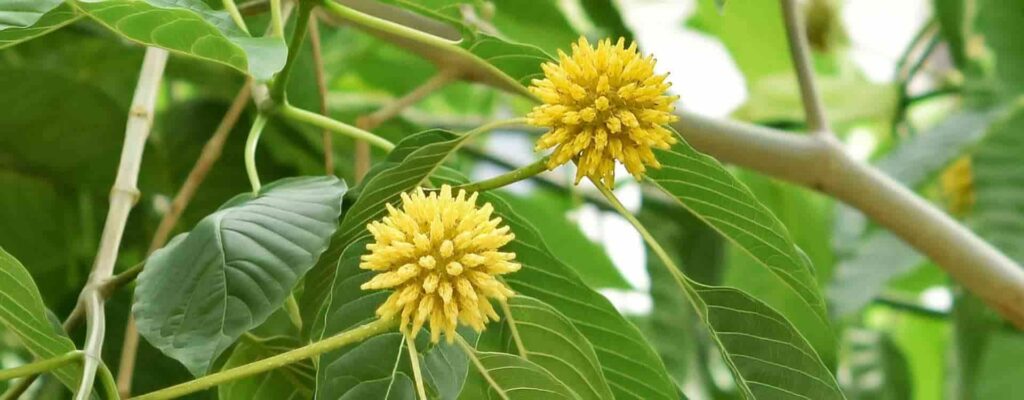
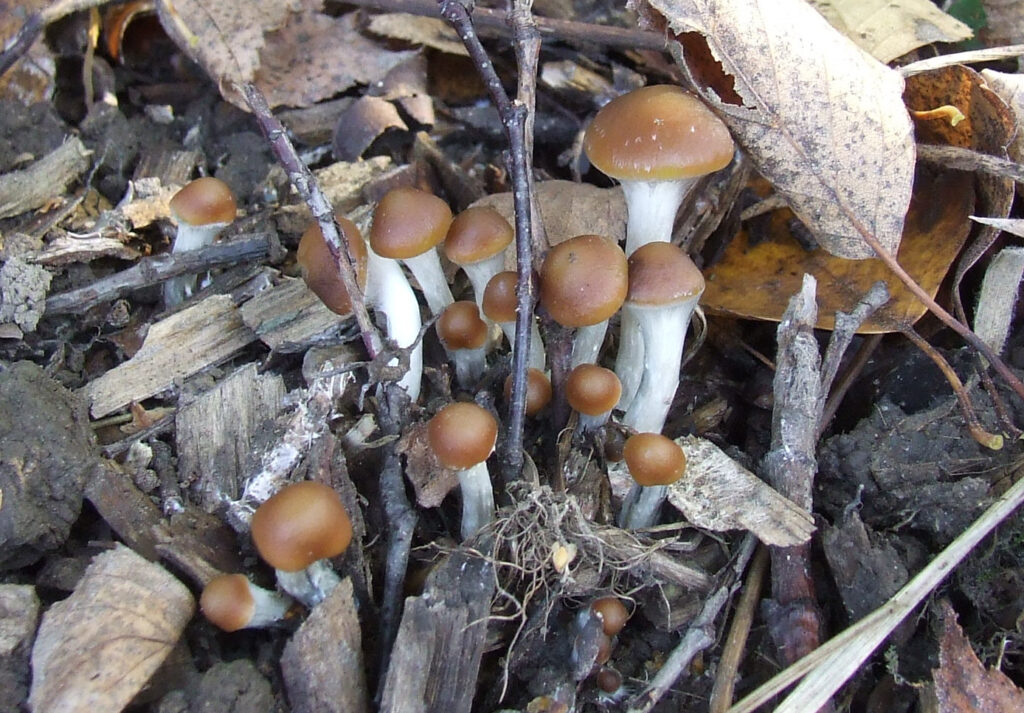
Responses